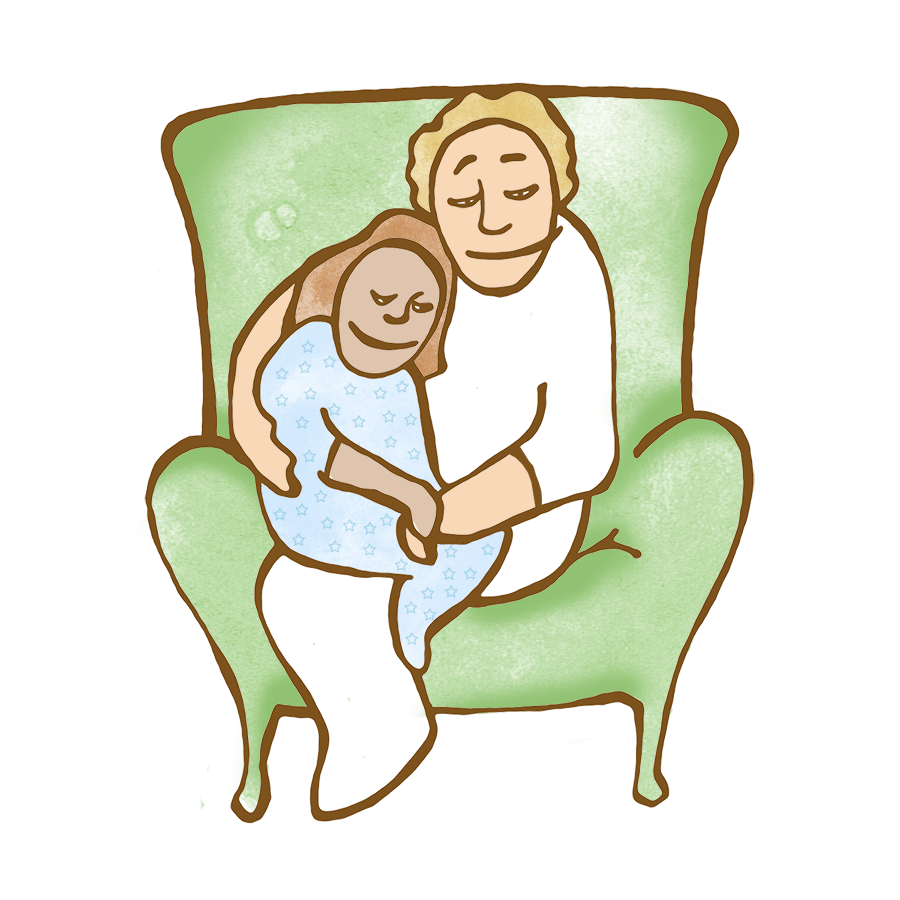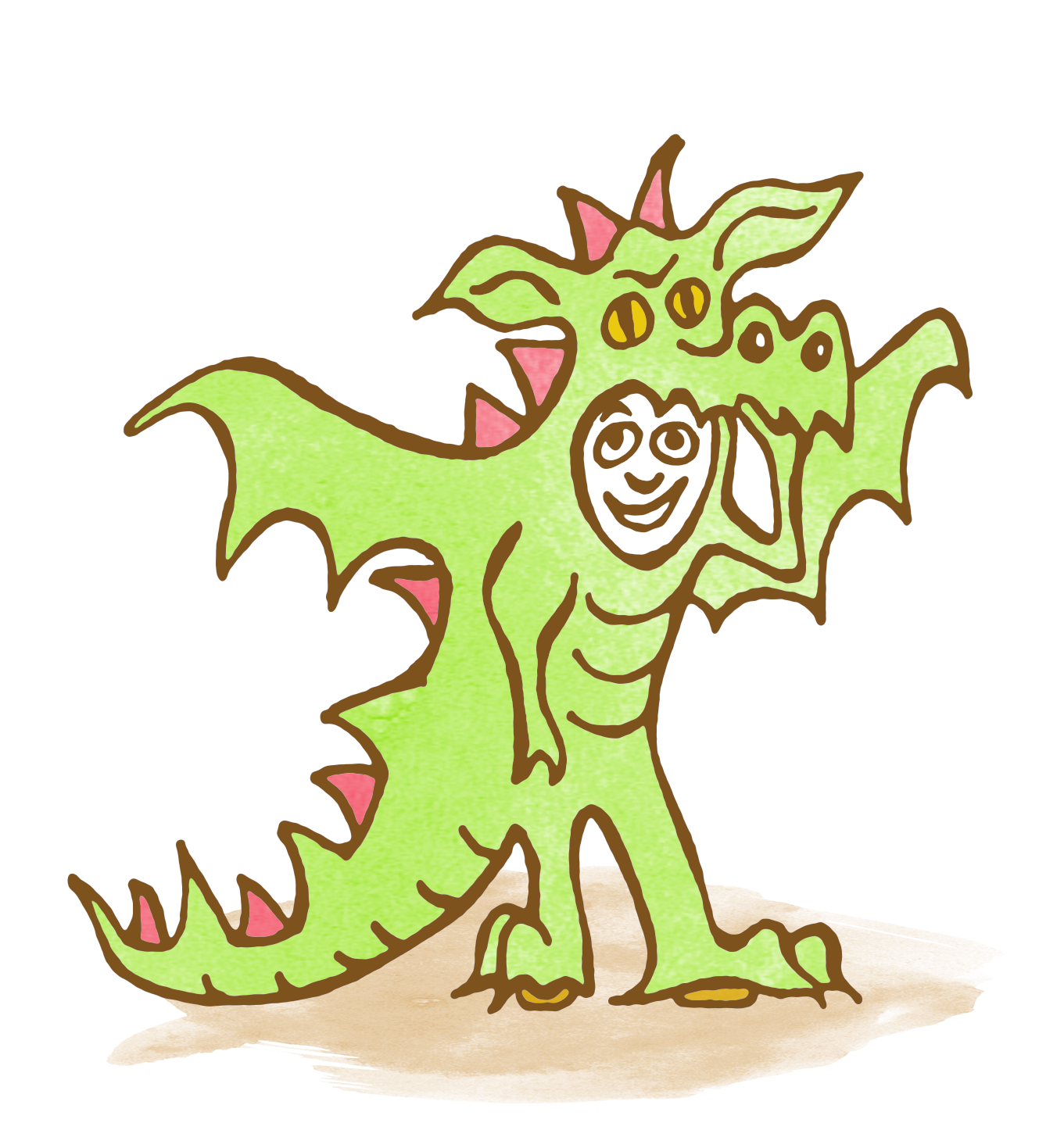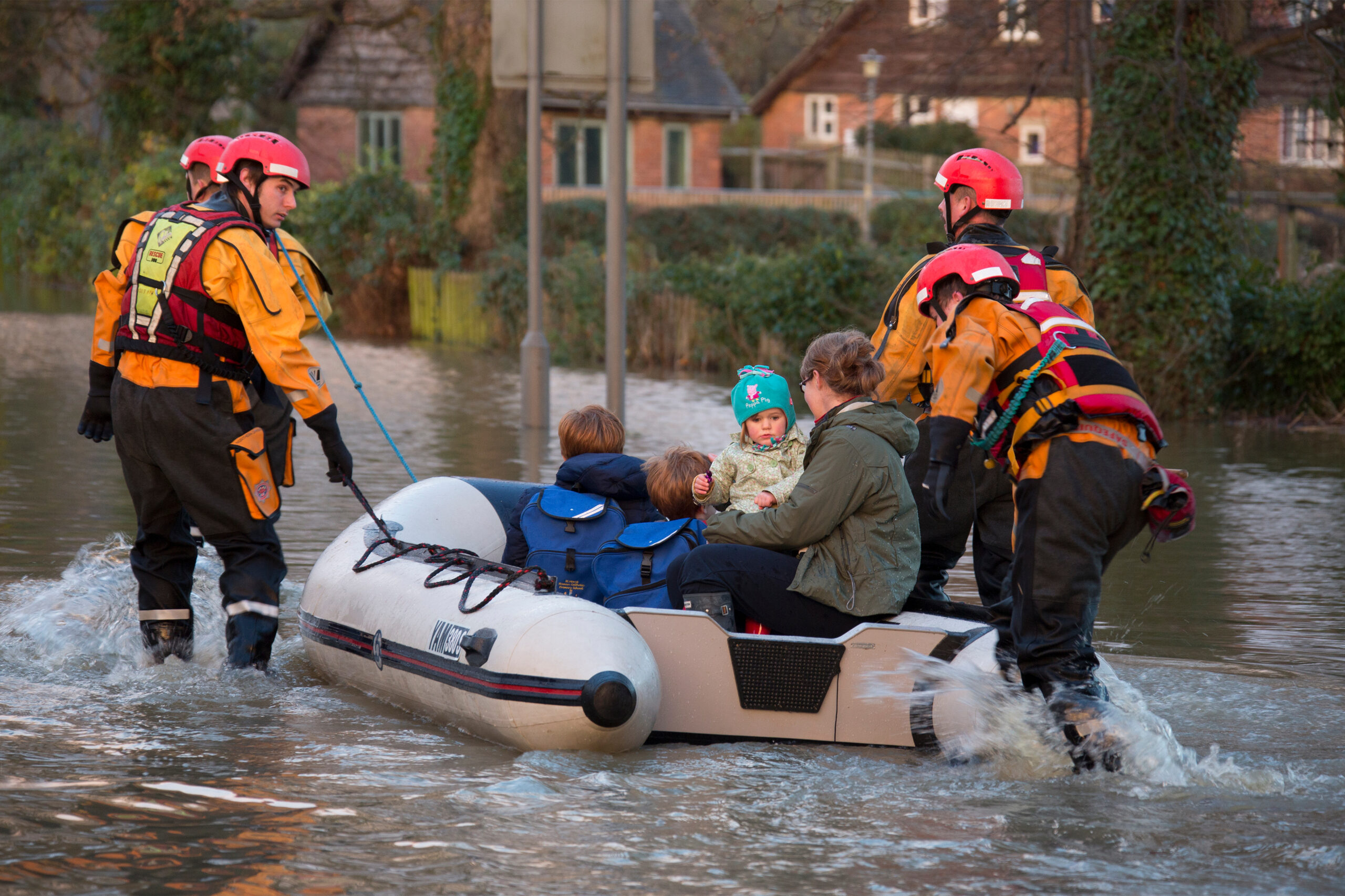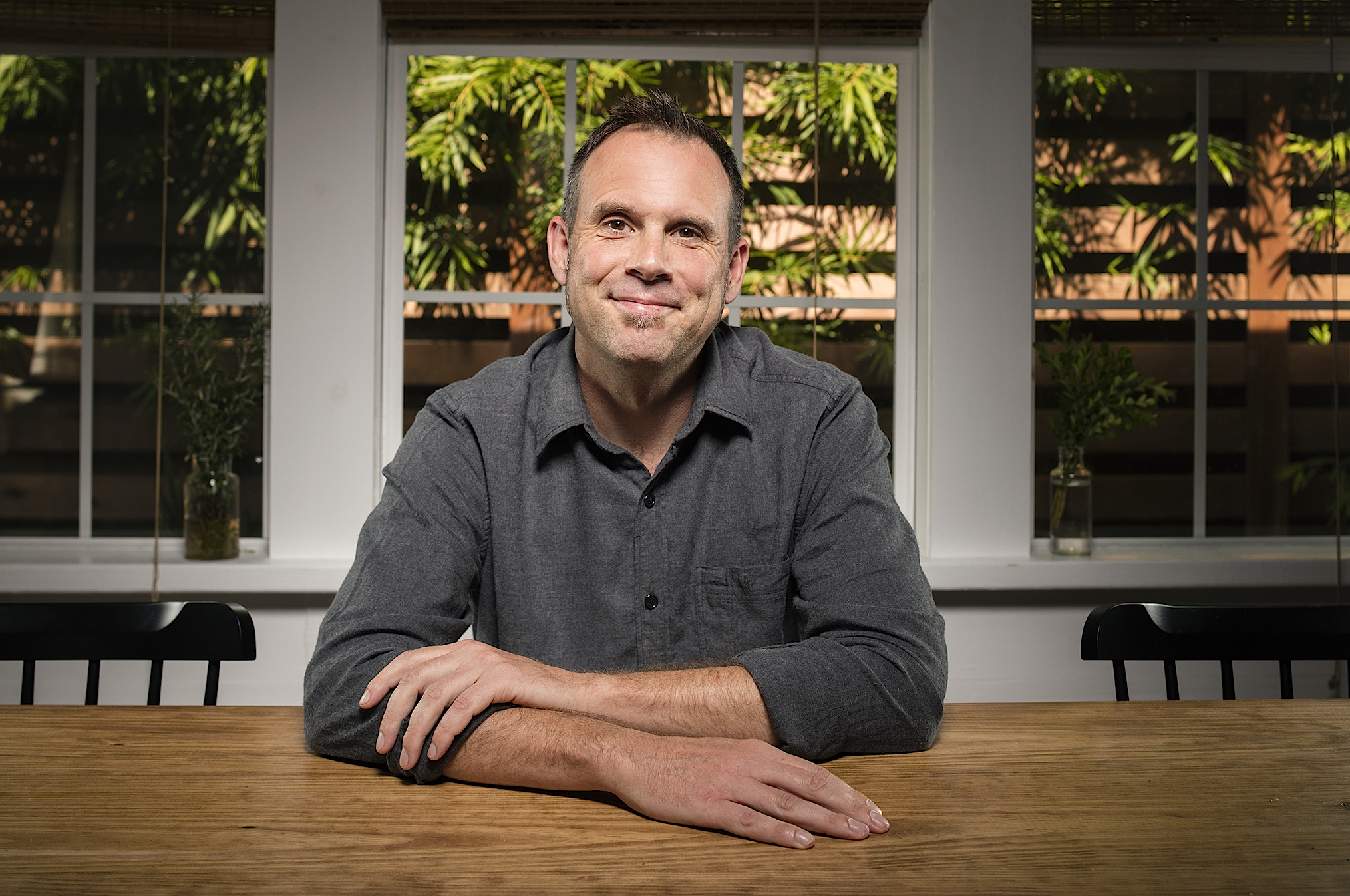“Helpers”: How to Support Children in the Wake of Natural Disasters
Natural disasters occur in every part of the world. Some places seem to experience some kind of disaster every year, and others seem immune until – surprise, surprise – something happens. A crack of lightning hits just the right spot, or a cold front meets 100% humidity, or a fault line that has been dormant for decades starts to shake.
We live on this planet, and this planet is alive.
It shakes, it sweats, it expresses, it sleeps, and then it wakes. Every day things happen in this world, and not all of them work according to our plans. Weddings get rained on. Soccer games get snowed on. Conventions get flooded, festivals get canceled, and new homes get shaken up. And sometimes it is really bad, and people die.
So if we are feeling vulnerable, helpless, angry, and grief-stricken, then how are our children feeling?
Children look to us for safety and reassurance and can sense that we are not feeling safe and reassured. So how do we handle that?
Great questions – and the answer is at once simple and complex. The complexity has to do with your family values, geography, and culture.
- Where do you live?
- What access does your child have to the media?
- Do you often volunteer to help those in need?
- What family stories do you share around natural disasters?
These are some of the complex questions you may consider when talking about the wildfires or floods or any other natural disaster.
But the simple response is where stories can help.
Here we think about “humanity” in the broad sense, not in the details. We don’t get caught up in particular incidents, particular events, or particular responses. Instead, we focus on the underlying fears and then the universal desire to help those in need.
The simple truths that children all around the world want to have reinforced are:
- The world is good.
- I am safe and loved.
- It is okay to feel sad, mad, or scared.
- I want to help.
These truths may not seem like truths to us grown ups. It may be hard for us to validate “I am safe” when children are trapped in collapsed buildings after a tornado plows through their town. But we are not talking about us – we are talking about children – and a foundation of “I am safe” is a gift we can give them. This gift can inform how they meet challenges, disasters, and tragedy. If their broad sense of the world is that they are safe and that they can help those in need, then they can enter into difficult situations with a kind of confidence and clarity that will help not only themselves but those around them. So when they help others, then they can see everyone around as Helpers too.
Here is a story that models this:
This story is for children who have experienced a natural disaster (inspired by Mr. Roger’s great quote).



Helpers
Dennis is nervous when his mom tells him about a big storm that damaged a nearby town. But then his mom explains that…
Story Details »How You Can Help:
If you and your family wish to be a Helper to those affected by a disaster, consider supporting in the following ways:
Donate Money and/or Time
Sparkle Stories gives to World Central Kitchen. They provide meals in response to humanitarian, climate, and community crises in the United States and around the world.
The American Red Cross focuses on providing shelter, food, relief supplies and comfort in areas affected by disasters.
You can also seek out local groups and agencies offering help in affected communities and donate your money or time.
Need More Stories?
Unshaking Shakira
This is a story for children who have experienced a trauma, and helps them to physically process the experience.



Unshaking Shakira: the Pygmy Sloth who Fell
Shakira the sloth experiences a scary fall from the tree but with the help of her mother she learns to help her body…
Story Details »The Dragon and the Unicorn
This story helps children manage big emotions.



The Dragon and the Unicorn
This is a story about the big emotions that all children feel, and about how to be both the dragon (emotional) and the…
Story Details »Denny and the Could Bee
This story helps children who are struggling with worry.



Denny and the Could Bee: A Story for Worrying
Denny’s teacher helps him shoo away all the “could bee” worries buzzing around him…
Story Details »Playlists for Self-Care
If you’d like to inspire more self-care in your house, for kids in parents alike, then we have two playlists for you on the streaming website.
Stories for Taking Care of Yourself
Stories for the Growns: Parent Care
We hope this helps as you comfort your child, reassure them, and then decide how your family wishes to help those in need.
About the authors
-

David Sewell McCann
Story SpinnerDavid Sewell McCann fell in love with spinning stories in first grade – the day a storyteller came to his class and captured his mind and imagination. He has been engaged in storytelling all of his adult life through painting, film-making, teaching and performing. Out of his experience as a Waldorf elementary class teacher and parent, he has developed a four step method of intuitive storytelling, which he now shares through workshops and through this website.



